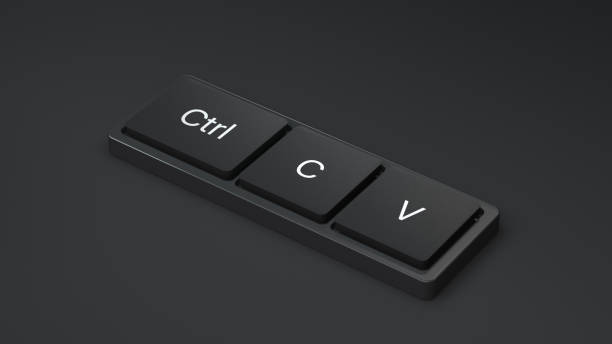By Chris Tyas, Chief Strategy Officer, Impero
The alcohol industry is full of copycats. Brands are stuck in a cloning mindset, copying product launch strategies.
Brewdog launched United for Ukraine with all proceeds going to Ukraine, and then ABI launched Chernigivske in the UK – one of the best selling beers in Ukraine – with up to $5 million going to help the people of Ukraine.
Stella Artois just launched its unfiltered product this week while Brooklyn Brewery is extending its range into the premium category with a Pilsner (yep, different liquid, but the aim is much the same).
And Corona Cero beer just launched this spring, followed just weeks later by Peroni with their zero-alcohol offering.
Coincidence? Or is something more interesting happening?…
Now, I am not suggesting they are actively copying each other’s strategies, but rather the issue lies with looking at similar category data and taking advice from the likes of Mintel and Kantar which provide the same reports to 100s of alcohol brands. And so it is no surprise many alcohol brands end up following the biggest trends.
But copying is a reality of business. When a good idea occurs, cloners will naturally follow and try to learn from the success. You see this in other sectors too. There is little difference between Apple iCloud, Microsoft SkyDrive, Google Cloud Storage, and Dropbox but, as they are all responding to a similar user base of needs, it’s no surprise they end up with similar offerings.
In fact, the notion of copycat strategies is so successful that the Samwer Brothers are one of Europe’s most successful internet entrepreneurs. They own Rocket Internet which created Daily Deals after Groupon launched, they own a brand called Payflow which is a payment platform like PayPal, and before that they sold an ebay clone to ebay for $50 million. So overall, copying seems to be a good strategy.
So. Do I have beef with copying? No, I don’t. From a product, innovation, and route-to-market point of view, steal with pride. In fact, turn it into an art form.
But with a word of caution.
When products end up being similar, a greater focus should be placed on making the brand feel different. This becomes harder and harder as products start to morph. Brands need to find differentiation at a brand level to get chosen over the competition without price playing the deciding factor.
After months of R&D, brand owners have often convinced themselves taste should be the focus in their advertising. Most brands focus their competitive advantage on taste to overcome the commercialised nature of cloning products. If it outperforms the competition on taste then surely we have a winner, some will say.
But this is a surefire way to create a lack of differentiation. Not to mention, often a result of typical category driver research that often shows taste as one of the top deciding factors for consumers on which drink to choose.
The other problem with this is that taste is fleeting and based on perceived value. Years ago, I worked with a beer brand that in blind tests ranked 3 amongst 10 of its competitors, but once the brand was revealed it dropped it 7.
In a world of product clones, brands need to focus on emotional brand building to drive differentiation. This means building meaningful reasons to believe in the brand, not just the product, in a way that connects to consumer culture & lifestyle.
At Impero we were using traditional research tools to try and find this gold dust, but we weren’t getting the results we needed. So we built and launched a new tool this year (called The Move) that gets to the heart of culture fast and is helping us overcome the clone strategy syndrome to build powerful brands with stronger emotional connection.
Emotional connection is certainly less concrete sounding, harder to measure, and much trickier to find, but after being involved in 30+ new alcohol launches over the years, we noticed a pattern.
Powerful brands are built on emotional differentiation drawing from culture within a specific tribe. Or to put it another way, product clones may win physical availability and get listings, but ultimately, brands need mental availability to ensure desire and subsequent shelf rotation.
